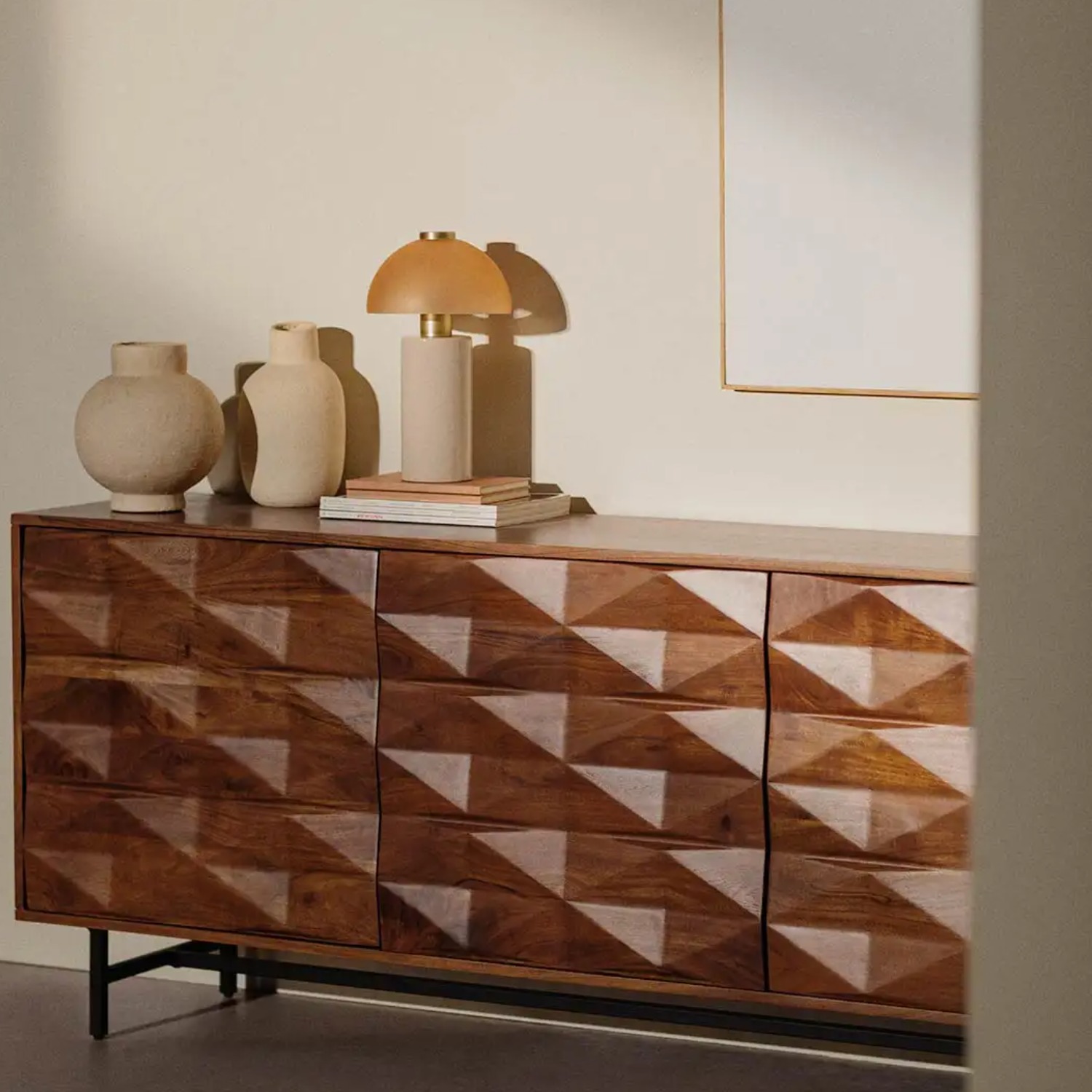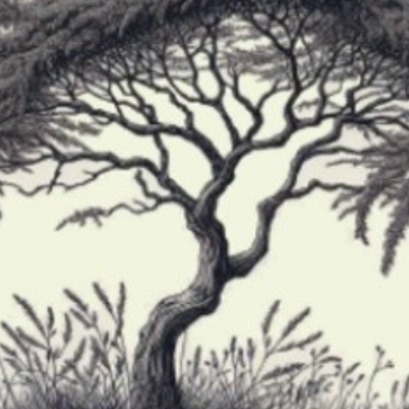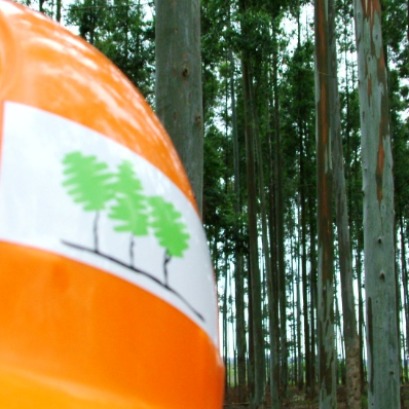
This is the wood that will conquer your home: beauty, resistance and sustainability in a single material
Acacia wood is valued by its durability, natural beauty, easy maintenance and sustainability, which makes it an ideal choice for furniture and decoration, both interior and exterior.
At present, Acacia wood has gained enormous popularity in the world of decoration. Its qualities not only highlight it for its beauty, but also for its functionality and versatility. This wood, originally from different regions of the world, has managed to conquer designers and owners of households seeking a perfect balance between aesthetic and practical. But what makes this wood so special? We discover in detail its characteristics and reasons to include it in any decorative project. Durability and natural resistance of the main reasons why acacia wood is so popular is its extraordinary durability. Originally from Africa and some parts of Asia and Australia, Acacia is a dense and resistant wood that supports daily wear better than other woods. It has a higher hardness that makes it ideal for furniture and surfaces that will be exposed to constant use, such as dining tables, countertops or soils. In addition, acacia is highly resistant to pests and moisture. Unlike other softer woods that are easily deform or crack Acacia is another characteristic that makes it so popular. Its marked veins and color variations, ranging from light and golden tones to darker brown, provide a warm and natural appearance that adds character to any space. This set of shades allows acacia wood to be a very versatile choice, adaptable to rustic and modern styles. In decoration, acacia is used in a wide variety of furniture and objects, from tables and chairs to cabinets, shelves and even decorative accessories such as frames and lamps. Its versatility is made an excellent option to combine with other materials such as metal or glass, providing a balance between the natural and industrial, the modern and the traditional.
IT MAY INTEREST YOU
 They present the Elárbol project in the Ecology Cycle
They present the Elárbol project in the Ecology Cycle
The transmedia initiative reflects the importance of Argentine native flora and focuses on the carob tree as an emblem tree. Today, at 6:�� p.m., at the Argentine Library This Thursday, October 3�, at 6 p.m., the Elárbol project is presented in the Ecology Cycle coordinated by Sergio Rinaldi at the Argentine Library.
 Missions | The traditional National Wood Festival in November celebrates four decades of a popular gathering in San Vicente
Missions | The traditional National Wood Festival in November celebrates four decades of a popular gathering in San Vicente
The official announcement of the 4�th San Vicente National Wood Festival was made this Tuesday by the governor of Misiones, Hugo Passalacqua. The cultural and festive event will take place from November 5 to 9 at the Verón Gallardo Sports Center in San Vicente, Misiones, to celebrate four decades of history. The San Vicente National Wood Festival is a popular meeting point for the agroforestry and commercial community in the Alto Uruguay area, and is an opportunity for the forestry-industrial chain to expose its development and services. The festival includes cultural, artistic and economic promotion activities.
 Between Rivers | Everything ready for the traditional INTA Concordia and AIANER Forestry Days
Between Rivers | Everything ready for the traditional INTA Concordia and AIANER Forestry Days
The traditional Entre Ríos Forest Days, which this year celebrate their 39th edition, will take place on November 7 from 8 a.m. to 6 p.m. at the INTA Concordia facilities, located at Yuquerí Station and Railway tracks.





















